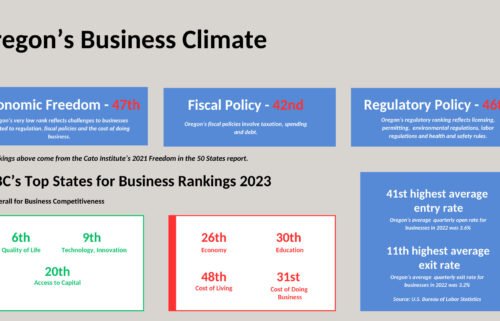Study: Half of dental opioid prescriptions exceed pain management guidelines
(Update: Adding video, comment by Deschutes County task force member)
PORTLAND, Ore. (KTVZ) – A new study suggests that roughly half of the opioid prescriptions written by dentists in the United States exceed the three-day supply recommended by federal dental pain-management guidelines.
The research also showed that during the five-year study period, a more powerful narcotic than necessary was prescribed almost 3 times of out 10.
The findings, published Tuesday in the American Journal of Preventive Medicine, are important because dentists are responsible for 10% of all opioids prescribed in the United States, which has been in the throes of an opioid-fueled public health crisis for more than two decades.
“Dental procedures like extractions can leave patients with a lot of pain that needs to be managed, and many dentists are doing a wonderful job of managing their patients’ pain appropriately and responsibly,” said Jessina McGregor, a researcher in the Oregon State University College of Pharmacy who took part in the study.
“But our findings suggest that there’s room for improvement among some dentists, improvement that could make a huge difference in our society as we try to combat the opioid crisis.”
Traced to over-prescribing that began in the 1990s, the opioid epidemic claims more than 40,000 American lives per year, according to the U.S. Department of Health and Human Services. Ten million people a year misuse prescription opioids, and 2 million suffer from an opioid use disorder.
Occurring naturally in the opium poppy, opioids are a class of drugs that block pain signals between the body and brain and also make some people feel relaxed, happy or high. They can be highly addictive and exist both as prescription painkillers like hydrocodone and oxycodone and street drugs such as heroin.
The state of Oregon is working to reduce opioid prescriptions administered by dentists.
"Oregon has been very progressive in addressing this issue of prescribing opioids," explained Dr. Gary Allen, a member of the Pain Standards Task Force for Deschutes County. "It has developed guidelines for acute prescribing practices that include dental guidelines."
The research collaboration that included McGregor and was led by Katie Suda of the University of Pittsburgh assessed more than half a million adult dental visits from 2011 to 2015 within the Truven Health MarketScan Research Databases.
The study is the largest analysis to date of dental visits that resulted in an opioid prescription. The median age of the study population was 46, and the male-female ratio was 52:48.
Fifty-three percent of the time, patients were given more than the three-day supply recommended by the Centers for Disease Control and Prevention. And based on a standard measure for opioid potency – morphine equivalent – the prescribed opioids were more powerful than deemed medically necessary 29% of the time.
“One large potential area for improvement is the almost 30% percent of opioids that were prescribed following procedures where the pain intensity was expected to be mild and manageable by non-opioid analgesics like ibuprofen or acetaminophen,” said McGregor, who also holds an adjunct appointment with the Oregon Health & Science University-Portland State University School of Public Health.
Men, patients ages 18-34, people living in the South, and patients receiving oxycodone, which is 50% more powerful than morphine, were most likely to be prescribed drugs that were stronger than needed – research has shown that all of those groups have a higher than average risk of addiction and overdose.
“Our statistical models suggest that even something as simple and straightforward as substituting a lower-potency opioid like hydrocodone for oxycodone could make an enormous reduction in overprescribing, as much as a 20% reduction,” McGregor said.
The Agency for Healthcare Research and Quality supported this research.
Scientists from the University of Illinois at Chicago, Northwestern University, the Fred Hutchinson Cancer Research Center, and the Center of Innovation for Complex Chronic Healthcare also collaborated on the study.
Dr. Brad Hester of Bend Family Dentistry said opioid prescriptions are a last case scenario for treating certain patients.
"As a rule we decrease the amount of the opioid prescriptions that we dispense now," Hester said. "The patients typically start with a non- steroidal like ibuprofen or Tylenol, and only use the opioid if they have some break through pain. We have decreased the number we give them and we're very careful about refills and those types of things."
Some of the guidelines for dentists include not being able to prescribe medication over the phone for patients. Dentists are not to prescribe dosages that exceed three days or ten tablets. For refills, dentists must assess the patient in the clinic before prescribing again for a narcotic.



